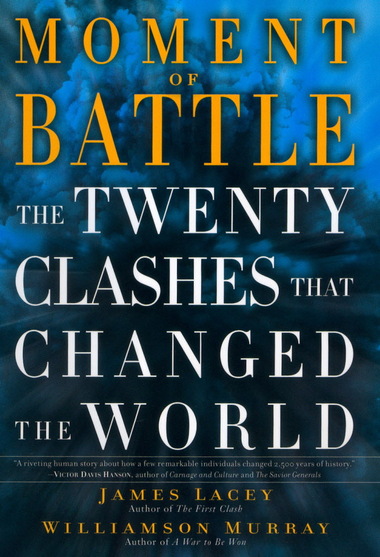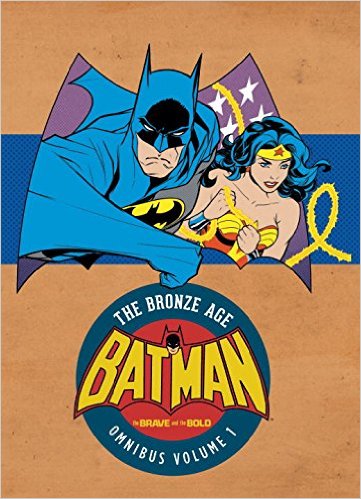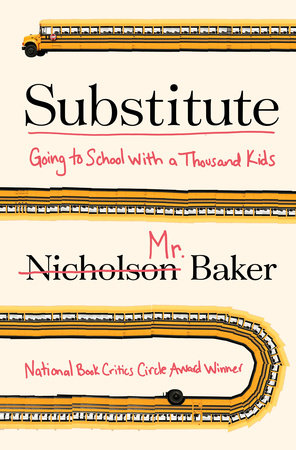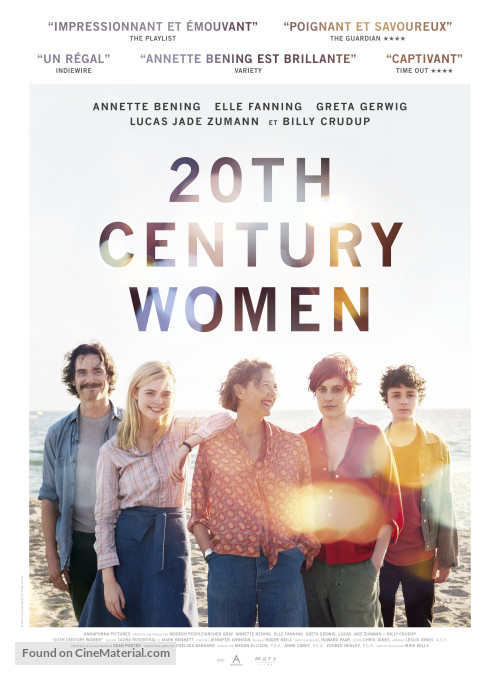
“Leon Trotsky, one of the more competent practitioners of the art of war, is reputed to have commented that ‘you may not be interested in war, but war is interested in you.'” So begins James Lacey and Williamson Murray clear, concise, and entertaining Moment of Battle. With uncertain times, I felt like reading a history of great battles would fit the era we’re living in. Steve Bannon, the Svengali to the truculent, irascible Donald Trump, has predicted a war in the Middle East. Bannon has also said that a war in the South China Sea is “inevitable.”
Given that kind of mind-set in the White House, war seems like a high probability event. James Lacy and Williamson Murray take a chronological approach, starting with the famous battle between the Athenians and the Persians at Marathon in 400 B.C. I enjoyed the attention to detail and the authors’s wit and cleverness in the analysis of these battles. And, I learned a lot. Who knew that Benedict Arnold was a military genius who turned traitor because his superiors wouldn’t acknowledge his battlefield accomplishments (they took the credit). And when I read about Horatio Nelson at the Battle of Trafalgar, I had tears in my eyes. Very moving.
Military history could be a very dry subject, but Lacey and Murray bring it alive in Moment of Battle. Highly recommended! GRADE: A
TABLE OF CONTENTS:
MARATHON Athens Saves Westerm Civilization (490 B.C.)
GAUGAMELA Alexander Creates a New World (311 B.C.)
ZAMA An Empire in the balance (202 B.C)
ADRIANOPLE The End of Roman Supremacy (AD 378)
YARMUK The Islamic Conquest Begins (636)
HASTINGS The Remaking of Europe (1066)
THE SPANISH ARMADA Miracle at sea (1588)
BREITENFELD The Creation of Modern War (1631)
ANNUS MIRABILUS This Rise of British Supremacy (1750)
SARATOGA The Victory of the Amateurs (1777)
TRAFALGAR Napoleons Plans Thwarted (1805)
VICKSURG Breaking the Confederacy (1863)
THE MARNE The End of Old Europe (1914)
THE BATTLE OF BRITAIN The Nazis Stopped (1940)
MIDWAY Imperial Japan Stopped (1942)
KURSK The End of the Drang Nach Osten (1943)
NORMANDY The Death Knell for Nazi Germany (1944)
DIEN BIEN PHU Imperialism Defeated (1954)
OBJECTIVE PEACH The Drive for Baghdad (2003)
Acknowledgements
NOTES
INDEX








